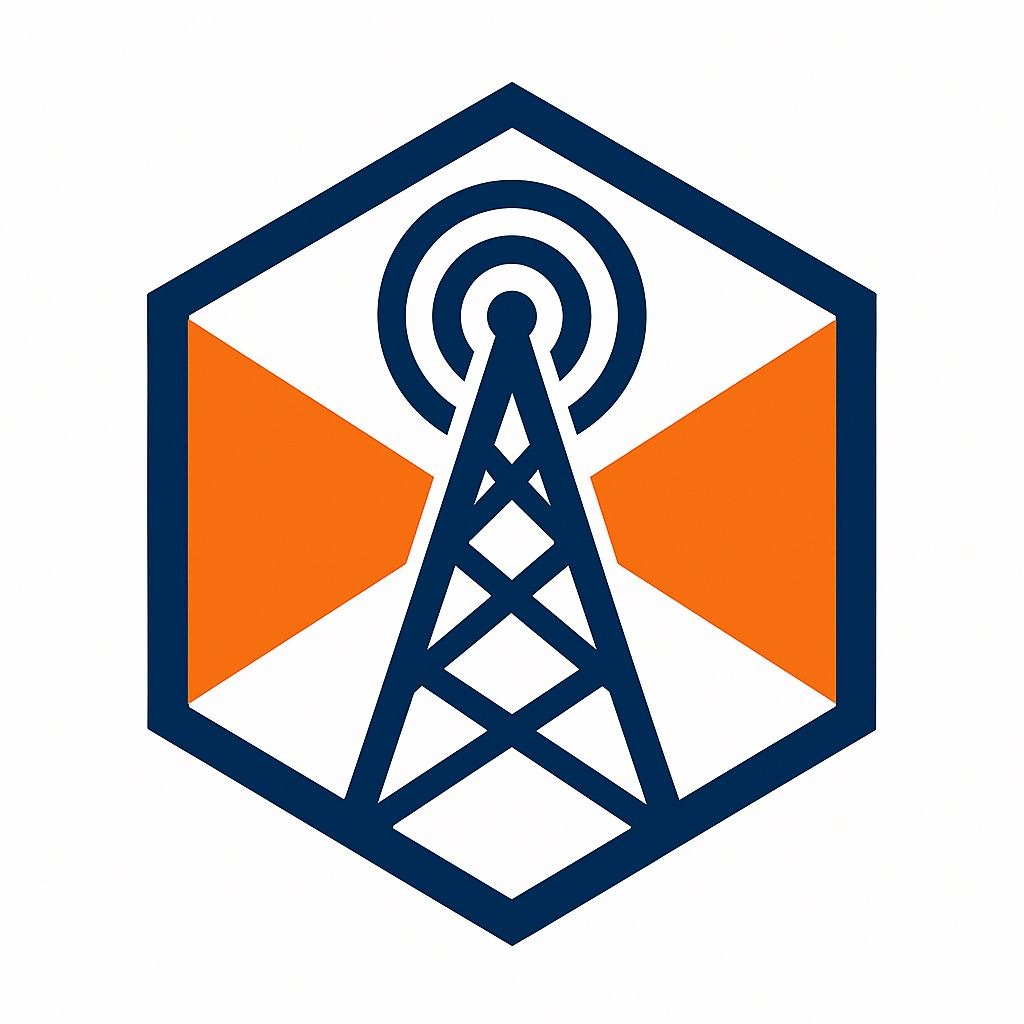
Mortgage Rates Are Higher Today: What It Means for Homebuyers
Mortgage rates have recently experienced a noticeable increase, reflecting broader economic trends and the behavior of the Federal Reserve. As of September 29, 2025, the average rate for a 30-year fixed mortgage sits at 6.39% APR, up 4 basis points since the previous day and marking a 13-basis-point increase from just a week ago. This rise may raise questions for prospective buyers and homeowners alike about the right time to secure a mortgage.
Understanding the Recent Spike in Rates
Despite the Federal Reserve cutting the federal funds rate in September 2024, mortgage rates have surged. As Glen Luke Flanagan reports, many anticipated lower rates post-announcement but instead observed a rebound. This paradox underscores how dynamic the mortgage market is, often reacting swiftly to economic data like inflation and employment—data which will be critical in the upcoming jobs report scheduled for October 3.
Impact of Economic Indicators on Mortgage Rates
The mortgage market is highly sensitive to economic signals. Factors such as inflation reports, job numbers, and even international news can cause quick fluctuations in mortgage rates. For instance, if the upcoming jobs report indicates a weak labor market, we might see a future decrease in mortgage rates as the Fed could be encouraged to make further cuts. Conversely, a strong report could trigger an increase in rates due to uncertainty about future monetary policy.
The Importance of Timing Your Home Purchase
So, is now a good time to buy a home? For many, the answer hinges on personal financial circumstances rather than market conditions. Homebuyers should assess their ability to handle current mortgage rates. With encouraging steps—such as seeking pre-approval and comparing offers—homebuyers can secure better terms. Tools like NerdWallet's affordability calculator can help estimate monthly payments, allowing prospective buyers to make informed decisions.
Strategies to Lock in a Good Rate
As mortgage rates continue to fluctuate, it's wise to consider locking in a rate if one is offered. This option allows homebuyers to secure a favorable rate despite potential market changes. Many lenders also provide a float-down option, enabling borrowers to capitalize on lower rates if the market dips during the lock period. As you navigate this complex landscape, make sure to shop around for loan options, as different lenders can offer vastly different terms.
Preparing to Buy: Financial Fitness Matters
Whether you’re looking to buy now or in the future, strengthening your financial profile is essential. Paying down existing debts and building savings can make a significant difference in both your personal cash flow and the interest rate you’ll qualify for. Remember, a lower debt-to-income ratio generally yields more favorable loan terms.
While the current rates may feel high compared to the lows experienced in recent years, it’s crucial to keep things in perspective. Historically, mortgage rates around 7% were once the norm. Today’s rates—though steeper than those of the past several years—still reflect a more typical range amid evolving economic conditions. With inflation and labor market trends in flux, homebuyers should remain vigilant yet optimistic.
Mortgage rates are a critical piece of the financial puzzle when considering home ownership. Don’t hesitate to reach out for personalized financial guidance tailored to your unique situation.
Take the next step in your home buying journey: compare mortgage rates from top lenders today!
 Add Row
Add Row  Add
Add 




Write A Comment